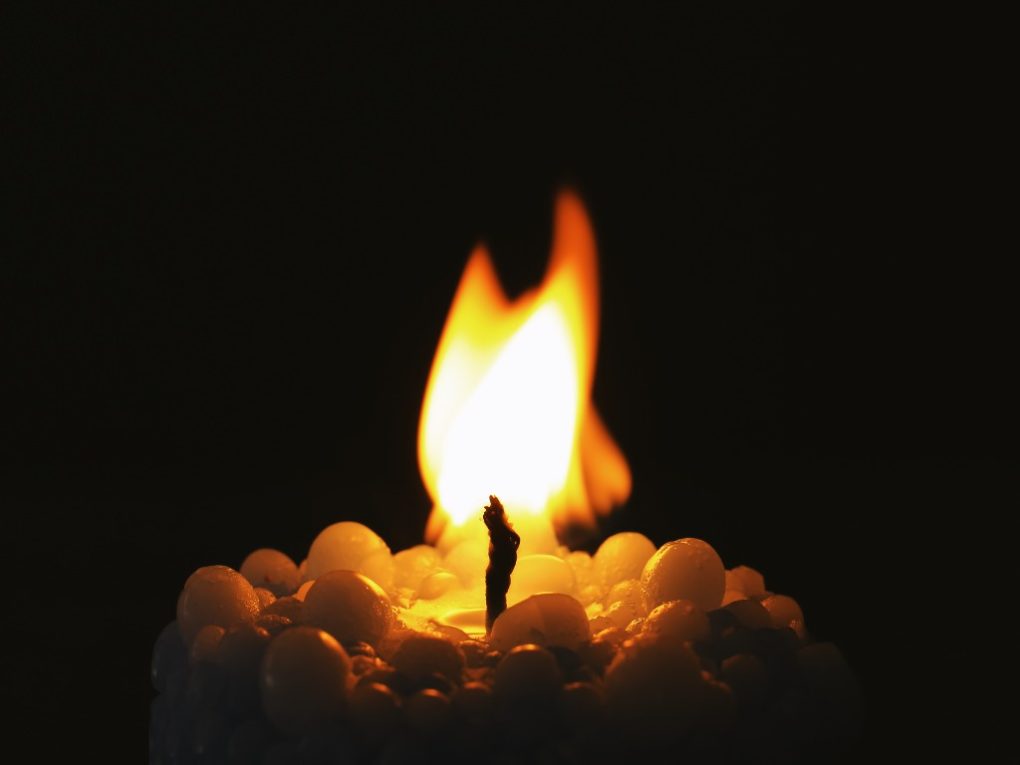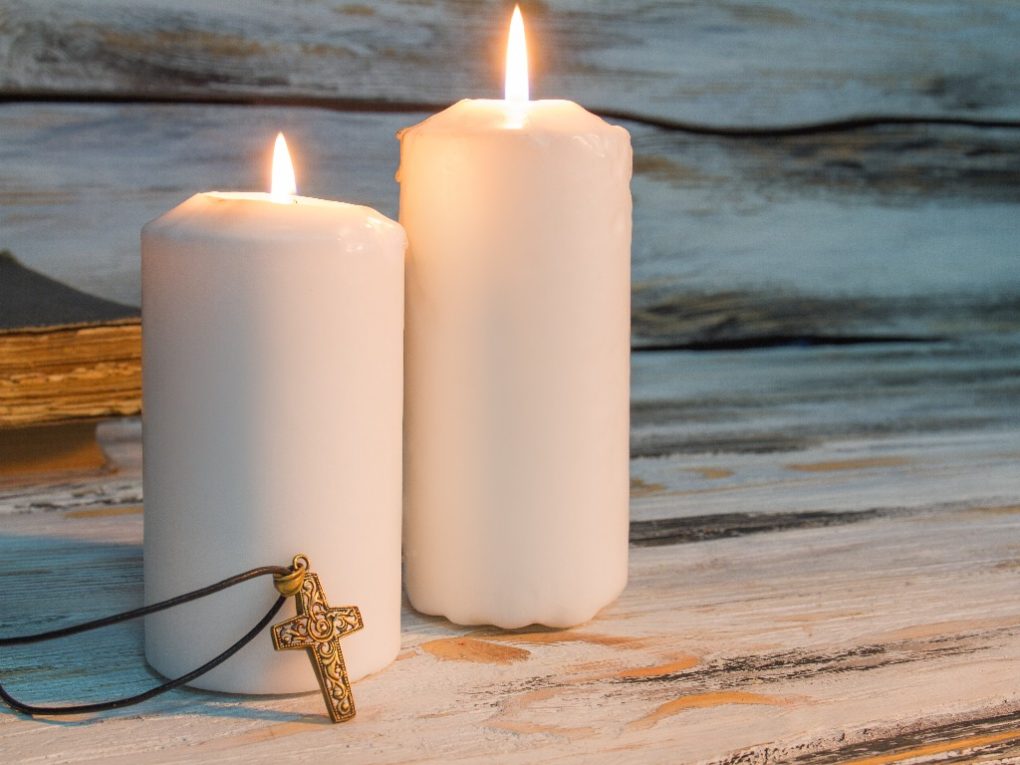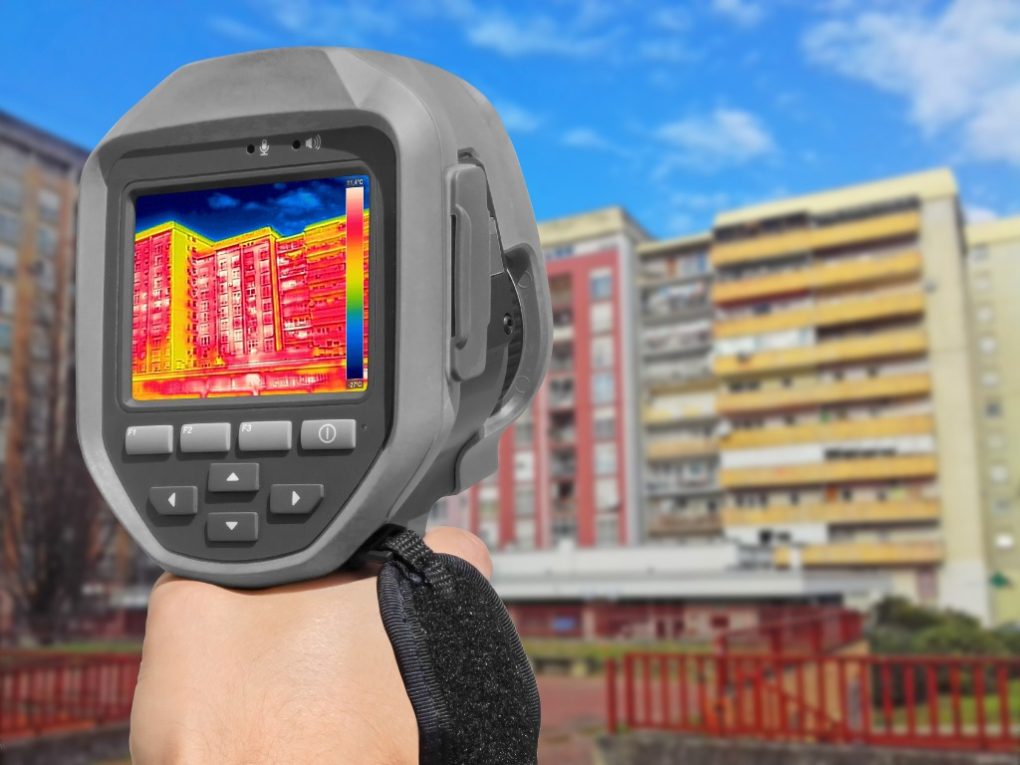How Much Heat Does a Candle Give Off: A Comprehensive Guide
The amount of heat a candle gives off depends on several factors, including the candle’s size and type, the wax used, and the burning time. For example, a candle can average give off between 80 and 100 watts of heat. However, this can vary greatly depending on the candle’s size and burning time.


For example, a small votive candle may only produce around 10 watts of heat, while a large pillar candle may produce up to 200 watts. Beeswax candles give off more heat than soy or paraffin wax candles due to their higher melting point.
It’s important to note that candles can also create hot spots and heat surrounding surfaces, which can pose a fire hazard if the candle is placed too close to flammable materials. To ensure the safe use of candles, it’s important to follow basic candle safety guidelines, such as keeping the candle away from flammable materials, never leaving a burning candle unattended, and always extinguishing the candle before leaving the room or going to sleep.
Science of Candle Heat
Wick Combustion
When a candle is lit, the heat from the flame melts the wax near the wick. This liquid wax is then drawn up the wick by capillary action. The heat from the flame vaporizes the liquid wax, which then reacts with oxygen from the air to create heat and light. This process is called combustion.
Flame Temperature
The temperature of a candle flame can vary depending on the wax type and the wick’s size. Generally, the hottest part of the flame is the blue part near the base of the wick, which can reach temperatures of up to 1400 degrees Celsius (2552 degrees Fahrenheit). Most of the light is produced in the cooler, yellow part of the flame. The amount of heat a candle produces is determined by the amount of fuel (wax) being burned.
However, only a small percentage of this heat is given off as radiant heat. Most of the heat a candle produces is carried away by the combustion products, which flow away from the flame and into the surrounding air. While candles produce some heat, they are not an efficient source of warmth. For example, a candle typically produces only 75-85 BTUs of heat, far less than most heating devices.
In perspective, a 100-watt light bulb produces about 60 BTUs of heat per hour, while a typical space heater can produce thousands of BTUs per hour. In conclusion, while candles can provide a warm and cozy atmosphere, they are ineffective for heating a room. The science of candle heat is fascinating, but it is crucial to understand the limitations of candles as a source of warmth.
Factors Affecting Candle Heat
Candle Size and Shape
The size and shape of a candle play a significant role in the amount of heat it gives off. Larger candles tend to give off more heat than smaller ones because larger candles have more wax and a larger surface area for the flame to heat. Candles with a larger surface area, such as pillar or multiple-wick candles, also tend to give off more heat than tapered candles or tea lights.


Wax Type and Quality
The type and quality of wax used to make a candle can also affect the amount of heat it gives off. Based on observation, paraffin wax, the most common wax used in candles, gives off more heat than soy wax or beeswax. However, the quality of the wax can also affect heat output. For example, high-quality wax with a higher melting point tends to give off more heat than lower-quality wax with a lower melting point.
Atmospheric Conditions
The atmospheric conditions surrounding a candle can also affect the amount of heat it gives off. Candles burn more efficiently in still air, as opposed to drafty areas. High humidity can also affect the heat output of a candle, as it can cause the wick to burn more slowly and produce less heat. Additionally, the altitude at which a candle is burned can affect its heat output, as lower air pressure at higher altitudes can cause candles to burn more slowly.
Measuring Candle Heat
Thermodynamics
Measuring the heat produced by a candle can be done using thermodynamics. This involves measuring the temperature of the surrounding air and calculating the heat produced by the candle. The heat produced by a candle is measured in BTUs (British Thermal Units) per hour.
Thermodynamics is a useful tool for measuring the heat produced by a candle, but it has limitations. For example, it does not consider the heat produced by the candle’s flame, which can be significant.
Infrared Thermography
Another way to measure the heat produced by a candle is through infrared thermography. According to Science Direct, infrared thermography is a non-contact measurement technique that uses infrared radiation to detect the temperature of an object or surface. This involves using a thermal camera to capture images of the candle and the surrounding area. Finally, the camera detects the heat emitted by the candle and creates an image that shows the temperature distribution.
Infrared thermography provides a more accurate and detailed picture of the heat produced by a candle and can also be used to study the behavior of the flame, such as its size and shape.


However, infrared thermography is not always practical or accessible, it requires specialized equipment and can be expensive.
Applications of Candle Heat
Heating and Lighting
Candles can be used for both heating and lighting purposes. In emergencies, candles can provide warmth and light when other energy sources are unavailable. However, it is important to note that candles should never be relied upon as the primary source of heat or light, as they can be dangerous if not used properly. When using candles for heating purposes, it is important to keep in mind that they produce very little heat.
One average-sized candle produces only about 75-80 watts of power, meaning multiple candles would be needed to heat a room. Additionally, candles should never be left unattended when used for heating, as this can be a fire hazard.
Candles can also be used for lighting and create a warm and cozy atmosphere in a room. However, it is important to use caution when using candles for lighting purposes, as they can be a fire hazard if not used properly. Candles should be placed on a stable surface and kept away from flammable materials, such as curtains or paper.
Candle Safety
When using candles, it is important to follow proper safety precautions to avoid accidents and injuries. Here are a few tips to keep in mind:
- Never leave a burning candle unattended.
- Keep candles away from flammable materials, such as curtains or paper.
- Always place candles on a stable surface.
- Keep candles out of reach of children and pets.
- Trim the wick to 1/4 inch before lighting the candle.
- Do not touch or move a burning candle.
- Extinguish candles before leaving a room or going to bed.
By following these simple safety precautions, you can enjoy the warmth and beauty of candles without putting yourself or others at risk.
